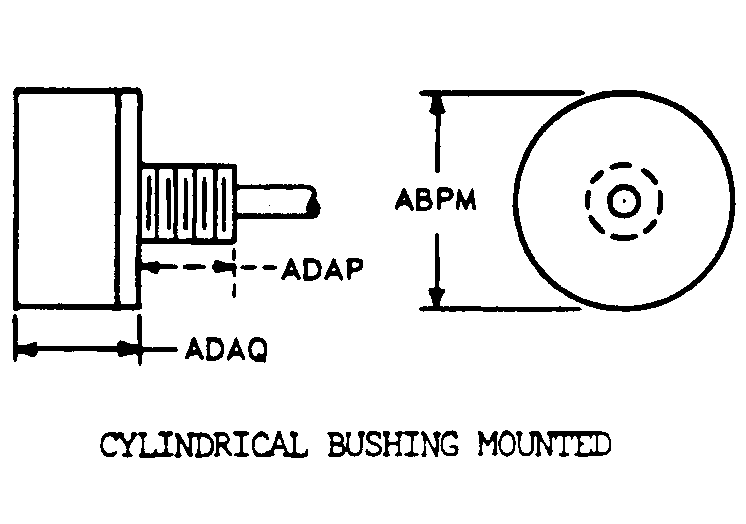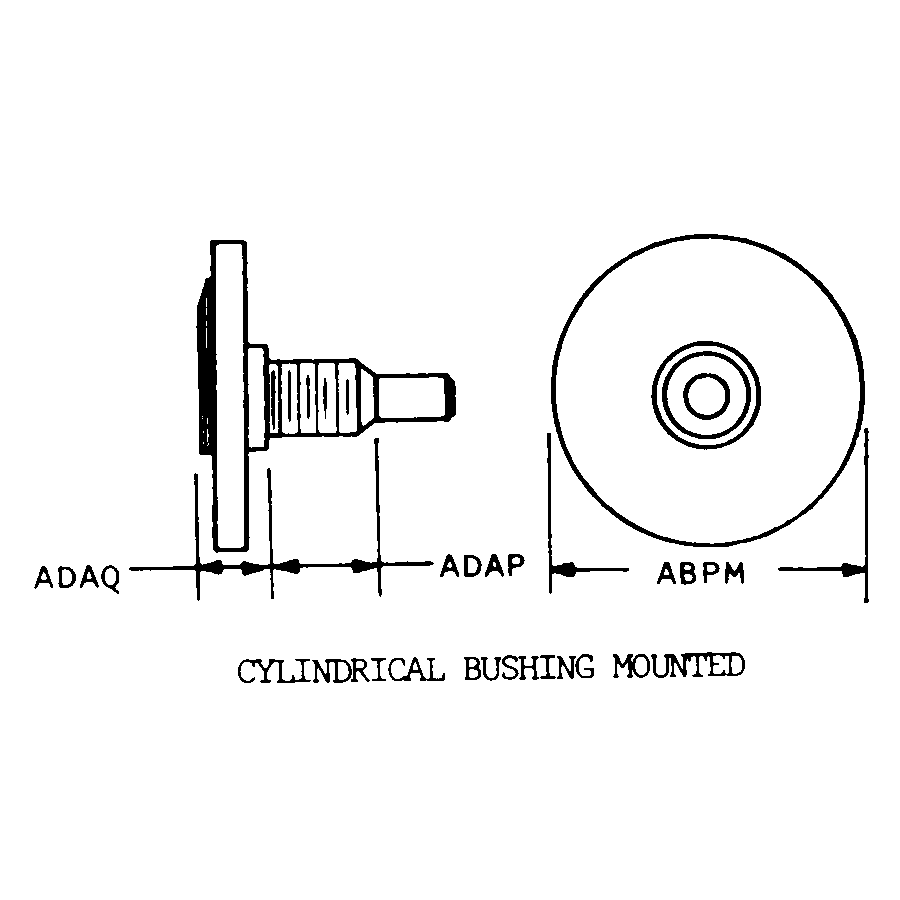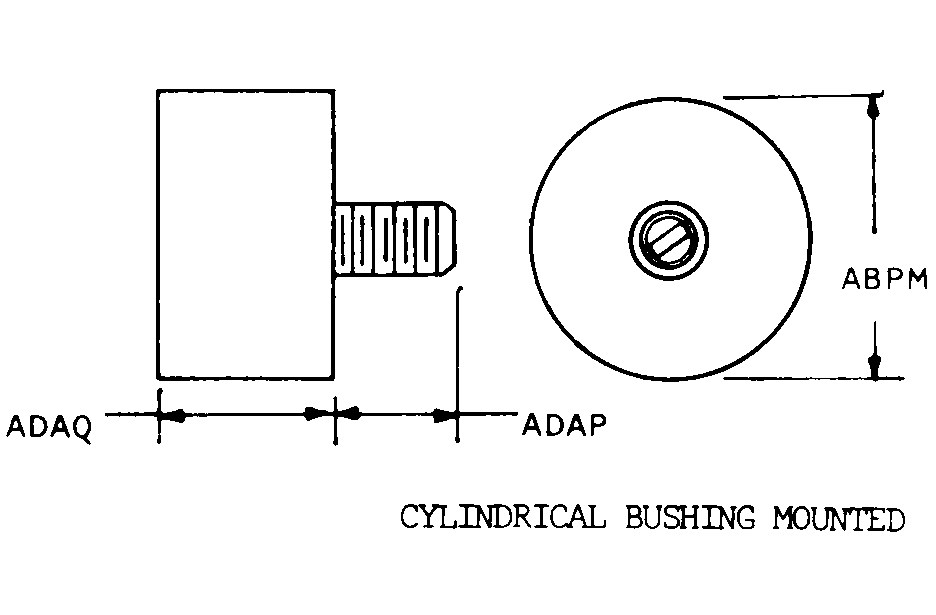5905015052450
Price Quote Get an up to date pricing and availability quote for this product. Order online or over the phone.
Quality Commitment
Serving our customers with quality and safety first.
- AS9120 Certified
- Audited supply chain
- ITAR Registered
- DDTC Registered
- HAZMAT Certified
- Customer service objectives
- Every product 100% inspected

5905-01-505-2450 Specification Set by the OEM (see RNCC code 3)
1
cylindrical bushing mounted
not established
23.63 mm and 25.91 mm
22.23 mm
5.19 mm and 6.71 mm
5.95 mm and 6.75 mm
11.69 mm and 12.45 mm
22.23 mm
round, slotted
single shaft
0.08 mm
0.025 mm
0.1 mm
0.375in.
unef
32.0
radially positioned over less than half the circumference
standard bushing
10000.0 ohms single section
125.0 single section
-10.0/+10.0 single section
continuous motion
yindependent linearity porm 0.5 pct; effective electrical angle 320 deg porm 3 pct; resolution essentially infinite; power rating P70 deg c 1 watt, P125 deg c 0 watt; output smoothness 0.1 pct; dielectric strength vrms sea level 750, 70, 000 feet 250; insulation resistance, 500 vdc, 1, 000 megohms min; operating temp M65.0 to P125.0 c; resistance temperature coefficient porm 5 pct trs; moisture resistance res change porm 10 pct max; vibration 15g; shock 50g; rotational life 25, 000, 000 revolutions; total resistance shift porm 10 pct max; shaft runout, MIL-R-39023, 0.025mm tir; shaft end play, MIL-R-39023, 0.08mm tir; shaft radial play 0.10mm tir; backlash 0.1 deg max; mechanical angle continuous; torque, starting and running, 0.18 ncm max
Cross Reference Parts Part numbers that meet the specification outlined on this page and set by the OEM
Identification Item Identification Guide (IIG) and Item Name Code (INC)




Definition Definition of approved item name (AIN): "RESISTOR,VARIABLE,NONWIRE WOUND,"
A resistor in which a sliding or rolling contact moves over an exposed area of the resistive element to change the ohmic value of the output. The finctional tolerance (linearity) of the output is equal to or less than plus or minus 1 percent on linear outputs. Specified outputs such as sine, cosine, tangent, etc., shall be considered to be precision. For items having manually postioned taps designed to be set and fixed prior to use, see resistor, adjustable. For items with step by step variation, see rehostat and resistor, step by step. For tandem-mounted items designed to function together as an attenuator (and rated accordingly), see attenuator, variable. Excludes resistor (1), variable, wire wound, nonprecision; resistor (1), variable nonwire wound, nonprecision; and resistor (1), variable, wire wound, precision.
5905-01-505-2450 Material Hazmat, Precious Metals, Criticality, Enviroment, and ESD
Indicates there is no data in the hmirs and the nsn is in a fsc not generally suspected of containing hazardous materials.
Item does not contain precious metal.
No known electrostatic discharge (esd) or electromagnetic interference (emi) sensitivity.
Represents items with no adp components
The item does not have a nuclear hardened feature or any other critical feature such as tolerance, fit restriction or application.
Identification Codes
HMIC: Hazardous Material Indicator Code. A one position code that identifies a hazardous item.
PMIC: Precious Metal Indicator Code. A one position code which identifies items that have precious metals as part of their content. precious metals are those metals generally considered to be uncommon, highly valuable, and relatively superior in certain properties such as resistance to corrosion and electrical conductivity.
ESD: Electrostatic Discharge. Indicates if an item is susceptible to electrostatic discharge or electromagnetic interference damage. electrostatic discharge damage occurs when an accumulation of static electricity generated by the relative motion or separation of materials is released to another item by direct contact. electromagnetic interference damage occurs when an item comes into proximity with an electrostatic or magnetic field.
ENAC: Enviromental Attribute Code. Identifies items with environmentally preferred characteristics.
CRITL: Criticality Indicator Code. Indicates an item is technically critical by tolerance, fit, application, nuclear hardness properties, or other characteristics.






